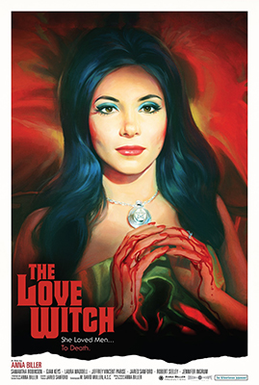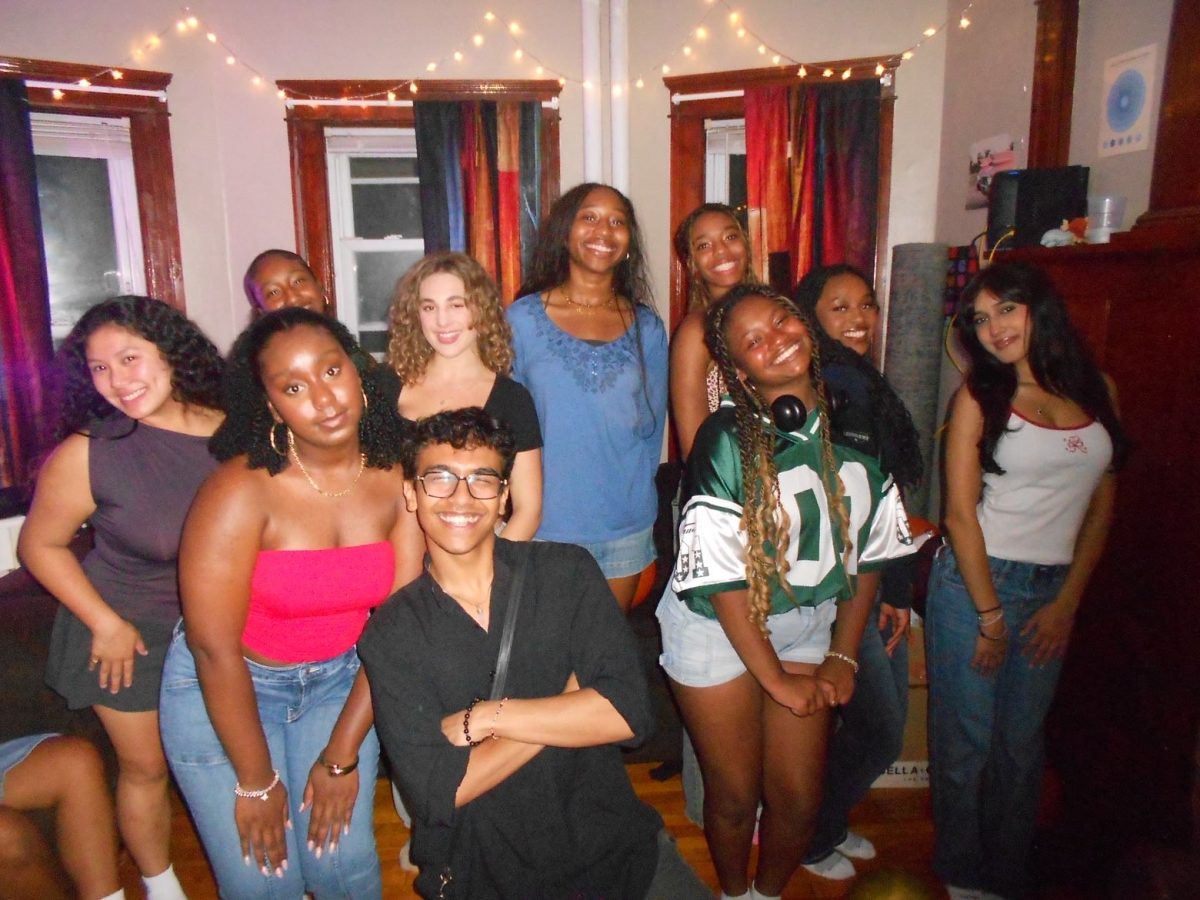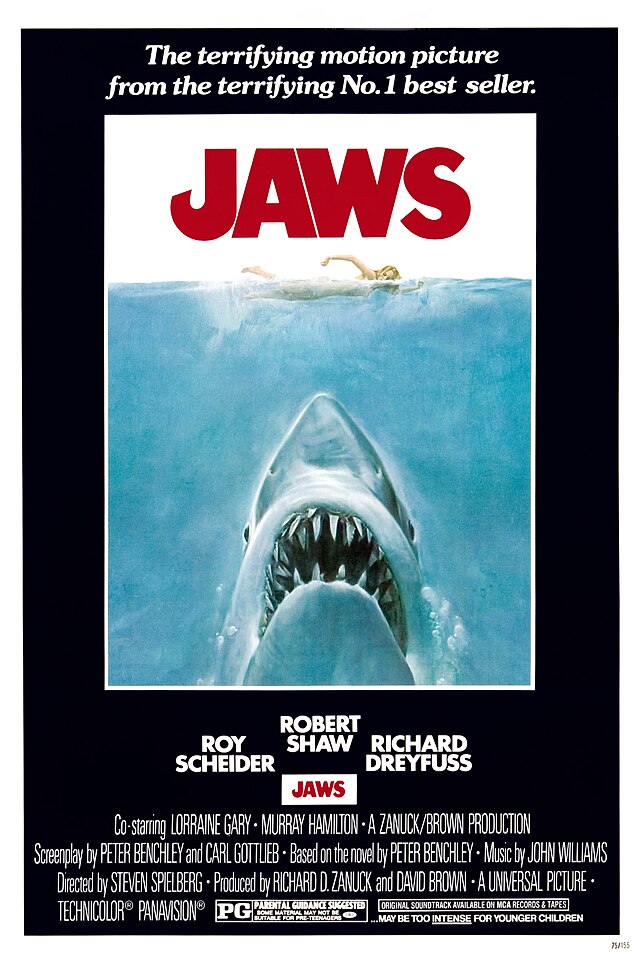(NOTE: This contains mild spoilers for the film “The Love Witch”)
This Valentine’s Day, if you want to watch a film that is provocative, murderously romantic and made by women, look no further than 2016’s “The Love Witch,” a horror comedy-drama written, directed and edited by Anna Biller.
How should a woman act in regard to love and marriage? This question is explored and answered in myriad ways by the characters of this film, but none more potently than the film’s protagonist, Elaine Parks. Elaine (played by Samantha Robinson) is a witch, kicking off a new life in Arcata, California. A few years divorced from Jerry, her recently and mysteriously deceased husband, Elaine is looking for a new start. She soon meets Trish (Laura Waddell), the maintainer of the apartment building she is staying at. Barbara (Jennifer Ingrum), the owner of the house, is an experienced witch and mentor to Elaine in all manner of the occult.
The young witch kicks off the film smoking a cigarette at the wheel of a red vintage car, shooting around a bend on a sunny day. All of a sudden, we hear her voice: “I’m starting a new life.”
The audience soon learns that Elaine is on a determined quest for love and marriage.
She becomes an enigma to the audience—she is determined, bold and intelligent; at the same time, she readily admits that she only wants a loving husband and to become a wife. In conversation with Trish, Elaine’s views become apparent—she wants to serve men, to give them what they want: or, as she puts it, “make them feel like a man, and…give them total freedom in whatever they want to do or be.” To Trish (and perhaps the audience), this feels almost disturbingly patriarchal.
As the movie proceeds, she seduces a series of men—Wayne (Jeffrey Vincent Parise), an English professor; Richard (Robert Seeley), Trish’s husband; and eventually Griff (Gian Keys), the town’s detective. And, as fate (or magic) would have it, each of these men begin to have strange occurrences after their encounter with Elaine. During one such encounter, when Richard asks her “Who are you?” she replies: “I’m the love witch. I’m your ultimate fantasy.”
You can read Elaine as a satire of the unrealistic expectations placed on women, or you could see her as an anti-feminist character, adhering to the straight man’s ideal woman. Or you could read her somewhere in between, or as something completely different, as critics and viewers of the movie have since its release. Her ambiguity is part of what makes “The Love Witch” such a mesmerizing watch.
But Elaine is not simply a man-killing maniac: she has humanizing moments, too.
A voiceover informs us that the witch’s ex-husband Jerry and her father verbally abused her and made her lose an unreasonable amount of weight. And after she spends the night at Wayne’s, she gets up from the couch to find a stain of menstrual blood, and gets a tampon before taking her long, flowing hair extensions out. In another scene, she is harassed and ogled on the street by strangers. Yes, she has ambiguous morals and questionable ideas about love, but she still deals with common female experiences. I believe that this is a perspective you can only get when you’re watching something made entirely by women.
“The Love Witch” is just as much a technical achievement as a narrative one: the whole thing is colorful, mysterious, and vivid. It was shot on 35 millimeter, and has all the look and behavior of a vintage Hollywood film. However, it is also ambiguous about the time period—while the clothes, certain cars and music are unmistakably 1960s, other characters drive modern vehicles and use smartphones. Biller’s intention seems to be setting us in no particularly recognizable setting, leaving us with an uneasiness that grows throughout the movie.
I first saw this film at a Women in Horror month screening in February 2022. I ended up being the only person in the audience. Contrary to the assumption that that experience left me with, the film has grown a cult following and an interested critical audience. That “The Love Witch” has stuck around in my head three years after my initial viewing speaks to only part of its powerful ability to provoke conversation on femininity, romance and what gender roles look like in 2025.





